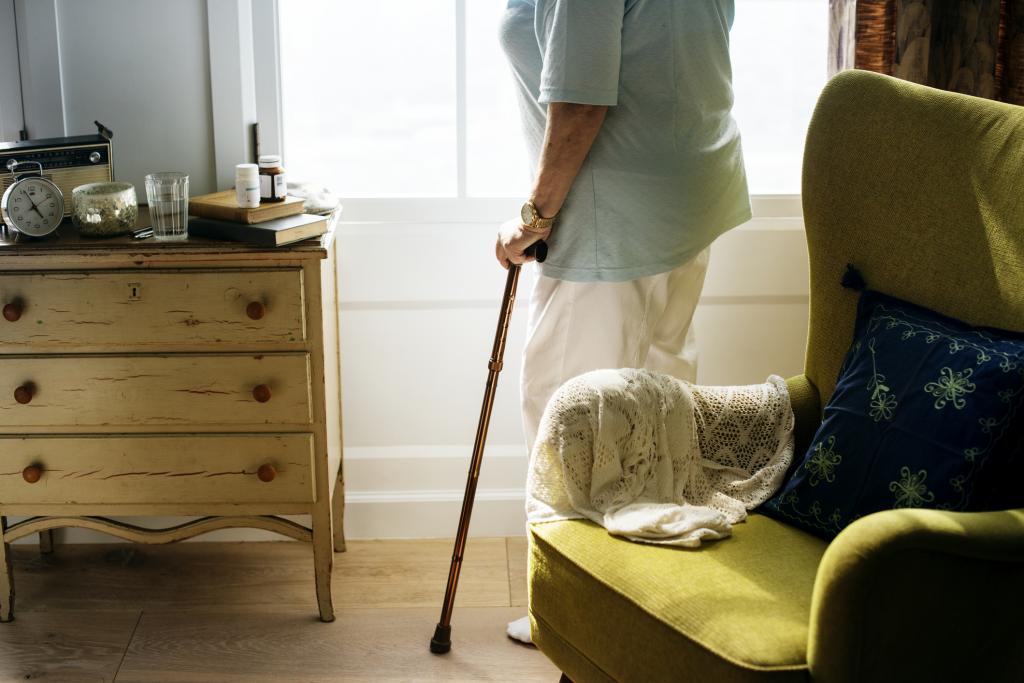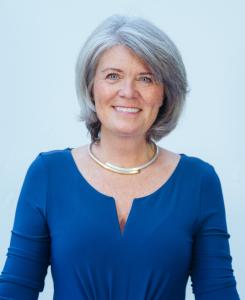
There is no doubt that since COVID the way that self-funders search for care has changed dramatically. The ability to just ‘drop in’ on two or three care homes for a show round became impossible during the pandemic and is now certainly not the norm.
So, how are self-funding clients choosing where they go now?
The evidence being collected by Autumna suggests that 95% of the research is being conducted online and the directories are the main tool used by self-funders to refine shortlists. Only when they have decided which home they like best online, do they arrange a visit in order to effectively confirm the decision they’ve already made.
How do you make sure you get on the shortlist and how do you then convert that interest into a placement?
Here are some top tips:
No.1: Display your prices. Care homes have not traditionally been keen to do this – they’re getting better – but people who are paying for their own care want this information and if they don’t see it, with directories, will often scroll down until they find somewhere that shows it. And if that happens you may have lost them for ever.
No.2: Think about ‘curb appeal’. When selling a house, estate agents put great store by curb appeal – that initial positive first impression you get when you drive up to a new property. It works the same with care homes, and most importantly it works online. If you want self-funders to click on your link and investigate further all the things that differentiate your home from the others, then you need your main profile picture to be one that ‘welcomes them in’. We all have access to excellent camera phones. Next time the sun is out, take a little time out and show your home in its best light.
No.3: Keep your Facebook feed lively and topical. It’s a great way to show what day-to-day life in your home is like and we’ve seen numerous examples where this has made the difference in an otherwise 50/50 decision. It’s the reason why a profile on the Autumna directory includes a live Facebook feed.
Once you’ve made it onto a self-funder’s shortlist, how you follow it up is just as important.
No.4: Don’t hang around. The phrase about early birds catching worms is particularly apt with self-funders. They traditionally don’t get a lot of handholding help from local authorities and so will often look to follow the advice of the first friendly, helpful approach they get.
So, try to avoid any delays in contacting them. Autumna has an SMS messaging service that can help with that.
No.5: Don’t give up if you don’t immediately get a response. Not everyone is able to pick up their phone or answer emails immediately. They could be at work, or out and about and they might not always remember to respond.
When you make contact, keep it simple, don’t overtly sell and ask how you can help. Basically, just do what comes naturally.
No.6: Have a dedicated person to deal with enquiries. Not all care homes have the resources to employ a dedicated sales team and CRM system, however, we’ve found that when they do, their conversion rates for placing self-funders are substantially higher than when the job is given to, for example, the care home manager.
Care home managers will often have the most knowledge about the home but the least amount of time to follow up any enquiries. Where you can, designate one person who is able to quickly and effectively respond to, and begin a dialogue with any prospective residents.
Autumna provides completely impartial advice and does not take referral fees from providers. It aims to improve transparency and standards across the entire elder care sector. Following its establishment in 2019, over 2 million care seekers each year now access Autumna’s directory of over 26,000 care providers.
Debbie Harris has been an innovator and leader in the care industry for over a decade. She was the visionary who founded carehome reviews. The combination of Autumna’s database with a sophisticated online assessment tool now provides 24/7 support for hospital discharge teams, care professionals and self-funding families which revolutionises the way they find appropriate and available care.
